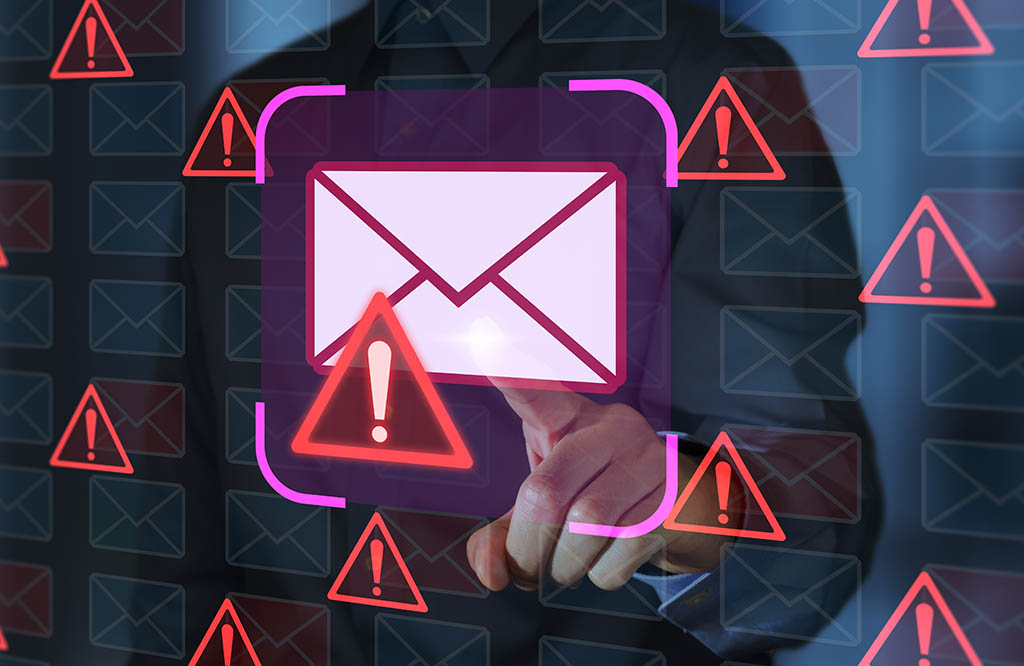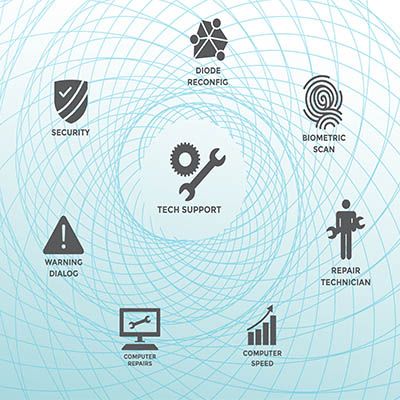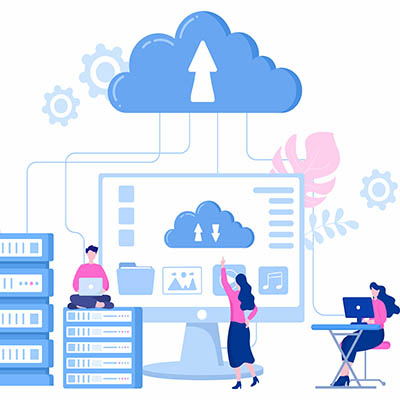Email attachments are a staple of digital communication, but they’re also one of the most common ways malware, viruses, and phishing schemes sneak past users. We’re all guilty of clicking that little paperclip before we assess the factors that could really end up being a pain in the side for you and your business. Before you click and potentially regret it, you need to take a beat. This month, we give you a comprehensive checklist for securely opening email attachments.
The 3 Ws
Before you even download or click a preview, ask yourself these three critical questions:
- Who is the sender?
- What is the message asking?
- What is the file type?
Who Is the Sender?
Before anything, you have to verify the message you received is legitimate. Here are some ways to do that.
Check the Actual Email Address, Not Just the Name
A criminal can easily spoof the display name to look like your boss or a known company. Hover your mouse over the sender’s name to reveal the full email address. Look for subtle misspellings (e.g., [email protected] instead of [email protected]) or strange domains that wouldn’t be used for official correspondence.
Was it Expected?
Even if the sender is a trusted contact, was the attachment something you were expecting? If you receive an unexpected invoice or a document from a friend with a vague subject line, it’s a huge red flag.
Verify
If the email is suspicious but claims to be from someone you know, contact them. Use a different form of communication (a quick call works best). Whatever you do, do not reply to the suspicious email.
What is the Message Asking?
Once you’ve verified the sender is legitimate, move on to the body of the email. Phishing scams can get pretty crafty so you will want to know how to spot the red flags in the body of an email.
Look for Urgency or Threats
Scammers often use manipulative language to rush you into action. Phrases like “Immediate Action Required,” “Account Will Be Suspended,” or “Overdue Invoice” are classic social engineering tactics designed to make you panic and click without thinking.
Poor Grammar or Odd Formatting
Legitimate companies take great care with their communications. Obvious spelling mistakes, grammatical errors, or unprofessional formatting are strong indicators of a scam.
Generic Salutations
Is the email addressed to some generic title instead of your actual name? That’s a common sign of a mass phishing attack.
What is the File Type?
The file extension is your biggest clue about what the file is designed to do.
Be Extremely Wary of Executables
Files ending in .exe, .bat, .com, .scr, or .pif are programs that can run on your computer and should almost never be opened if received via email.
Approach Compressed and Scripted Files with Caution
Files like .zip, .rar, or document files with macros enabled (.docm, .xlsm) can easily hide malicious code.
Watch Out for Double Extensions
A file named invoice.pdf.exe is actually an executable file. Your system may be configured to hide the final extension, making it look like a safe PDF. Be vigilant.
Best Practices for a Digital Fortress
If the attachment passes the 3 Ws test and you still need to open it, follow these defense steps:
- Disable automatic attachment downloads – Check your email client’s settings. By default, some clients automatically download attachments in the background, which increases your risk. Turning this feature off means a potential threat remains harmless until you manually initiate the download.
- Scan it prior to opening it – Your email provider (like Gmail or Outlook) probably scans attachments automatically, but an extra layer of defense never hurts.
- Use antivirus software – Save the attachment to your desktop, and then manually scan the file using your up-to-date antivirus program before double-clicking to open it.
- Use a cloud scanner – There are services that allow you to upload a file (or its hash) for analysis against dozens of different antivirus engines in a safe, cloud-based environment. Be aware of your organization’s policy on uploading potentially sensitive files to third-party services.
- Update your software – One of the main ways malware works is by exploiting known security holes in your operating system, web browser, or applications like Microsoft Office. Enable automatic updates for your OS and all software to ensure you have the latest security patches.
Unfortunately, the digital workplace demands a healthy dose of suspicion. While email attachments are convenient, they are also an open invitation for trouble. A moment of caution is all it takes to keep your data, your device, and your professional life secure.
At North Central Technologies, we help organizations build robust security platforms. If you would like to have a conversation with one of our security experts about ways to improve your organizational cybersecurity, give us a call today at 978-798-6805.







